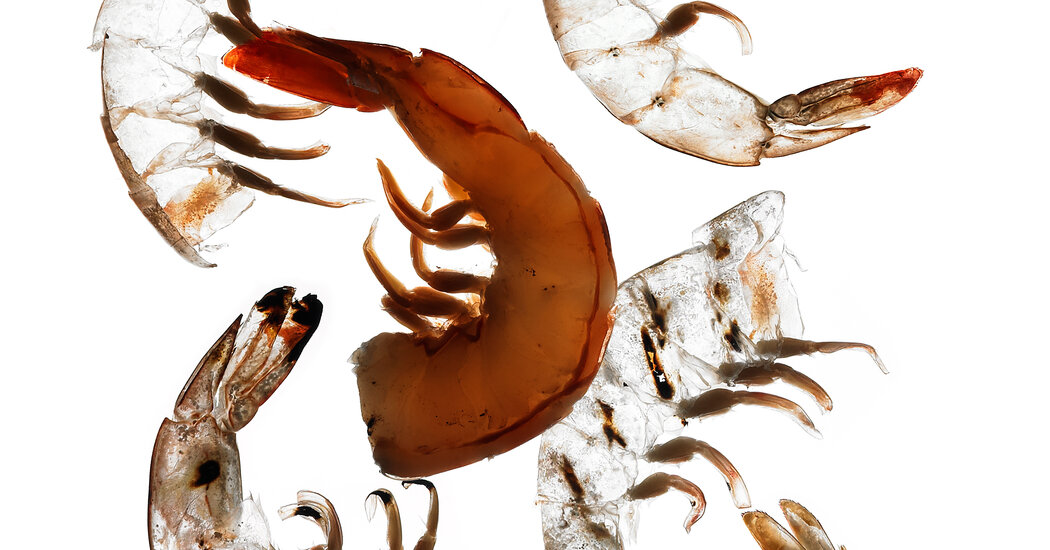Because they’re near the bottom of the food chain, shrimp don’t generally tend to accumulate the environmental toxins, like mercury or dioxins, found in big predators such as tuna or swordfish.
Mercury and arsenic can build up in the sludge under shrimp ponds. However, even the highest levels of heavy metals Dr. Martín has found in Ecuadorean farmed shrimp were half of what one sees in the least contaminated tuna.
Frozen shrimp may contain preservatives like sodium tripolyphosphate and sodium bisulfite, which people with sulfite or phosphate sensitivities may want to avoid.
In many countries, shrimp farms also use large amounts of antibiotics to keep the animals healthy. […] has found banned antibiotics in imported shrimp, as well as unlabeled preservatives.
Wild-caught shrimp are more expensive but also tastier and less likely to be contaminated with environmental toxins.
When it comes to the health of the oceans, many experts say shrimp is among the most damaging foods you can eat.
In 2015, The Associated Press revealed the wide use of slave labor in the Thai shrimp industry. The U.S. Department of Labor has also called out shrimp production in Bangladesh, Myanmar and Cambodia for using child or forced labor. More recently, investigative reporting from The Outlaw Ocean Project offered a damning look at shrimp farming in India, the biggest shrimp importer to the United States, that raised concerns not just about labor practices, but also banned antibiotics and environmental damage.
Fishing practices in the United States and Canada again tend to be less harmful to ocean life than they are elsewhere. Otherwise, look for shrimp certified by the Marine Stewardship Council.
But experts said the most important thing you can do is simply ask about sustainable options. That signifies that there is a desire for sustainable seafood.


